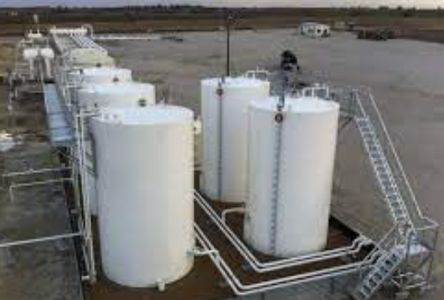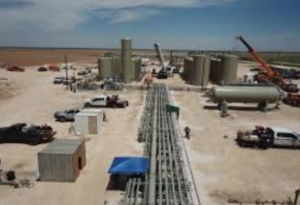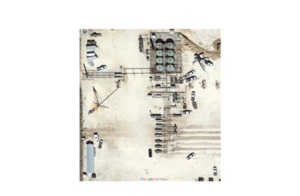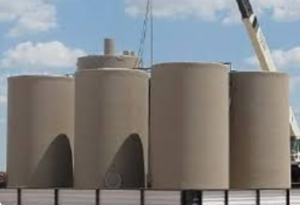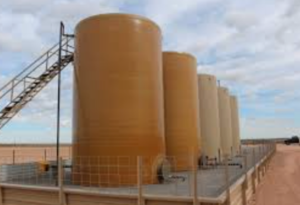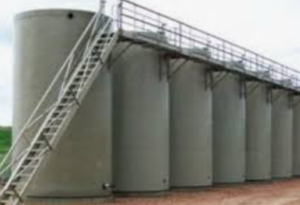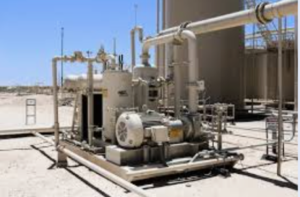API Standard 650 and API Standard 12F are both standards developed by the American Petroleum Institute (API) for the design and construction of storage tanks used in the oil and gas industry. However, they are intended for different types of tanks and applications, and each has its own set of advantages based on the specific requirements of the project.
Here are some key distinctions and advantages of API Standard 650 and API Standard 12F:
API Standard 650:
- Scope:
- Advantage: API 650 is intended for larger, aboveground welded steel storage tanks with capacities exceeding 119 gallons (450 liters). It is suitable for a wide range of applications, including the storage of crude oil, petroleum products, and other liquids.
- Tank Size:
- Advantage: API 650 is typically used for larger tanks, including those with capacities ranging from several hundred to thousands of barrels. It is well-suited for tanks used in refineries, terminals, and other industrial settings where larger storage volumes are required.
- Engineering Standards:
- Advantage: API 650 provides detailed engineering and construction standards, covering aspects such as materials, welding procedures, fabrication, inspection, and testing. It is a comprehensive standard that ensures tanks are designed and built with a focus on safety, reliability, and durability.
- Applicability:
- Advantage: API 650 tanks are applicable to a wide range of industries beyond oil and gas, including petrochemicals, chemicals, water storage, and more. The standard’s versatility makes it suitable for diverse applications.
API Standard 12F:
- Scope:
- Advantage: API 12F is designed specifically for smaller, shop-fabricated, aboveground welded steel storage tanks. It is intended for tanks with capacities up to 500 barrels (21,000 gallons) and is often used in applications such as small production facilities and wellhead installations.
- Tank Size:
- Advantage: API 12F is suitable for smaller tanks, making it a cost-effective solution for applications where the storage volume requirements are modest. It is commonly used for smaller oil and water storage tanks.
- Shop Fabrication:
- Advantage: API 12F tanks are typically shop-fabricated, meaning they are constructed in a controlled manufacturing environment before being transported to the site. This can lead to cost savings and efficient production compared to field-welded tanks.
- Simplicity:
- Advantage: API 12F provides a simpler set of standards compared to API 650, making it more straightforward for smaller projects. The reduced complexity can be advantageous for applications where a less intricate design is acceptable.
Considerations:
- Regulatory Compliance:
- Consideration: The choice between API 650 and API 12F may also be influenced by regulatory requirements. Local regulations and industry practices should be considered to ensure compliance.
- Project Requirements:
- Consideration: The specific requirements of the project, including tank size, location, and application, will influence the choice between API 650 and API 12F.
- Engineering Expertise:
- Consideration: Both standards should be implemented by qualified engineers with expertise in tank design and construction to ensure compliance and safety.
In summary, the choice between API Standard 650 and API Standard 12F depends on the specific needs and characteristics of the project. API 650 is suitable for larger tanks with diverse applications, while API 12F is more focused on smaller tanks with shop fabrication advantages. The decision should be made based on the project’s size, regulatory requirements, and other relevant factors.
Tank Blogs

